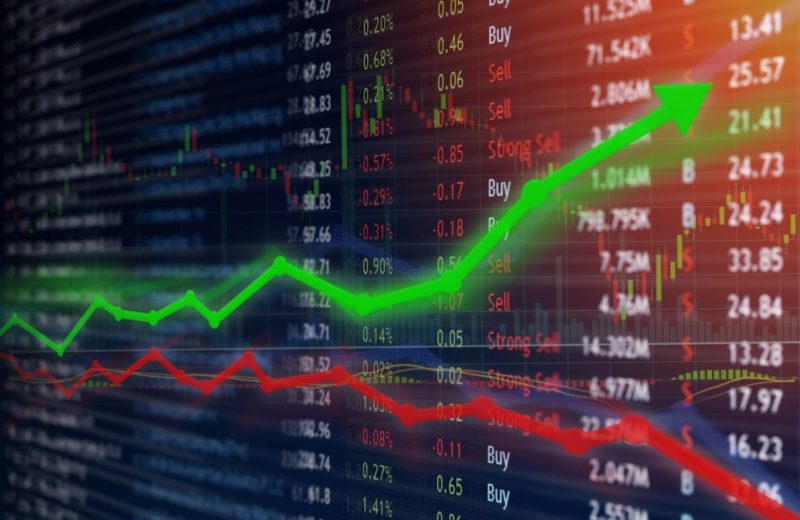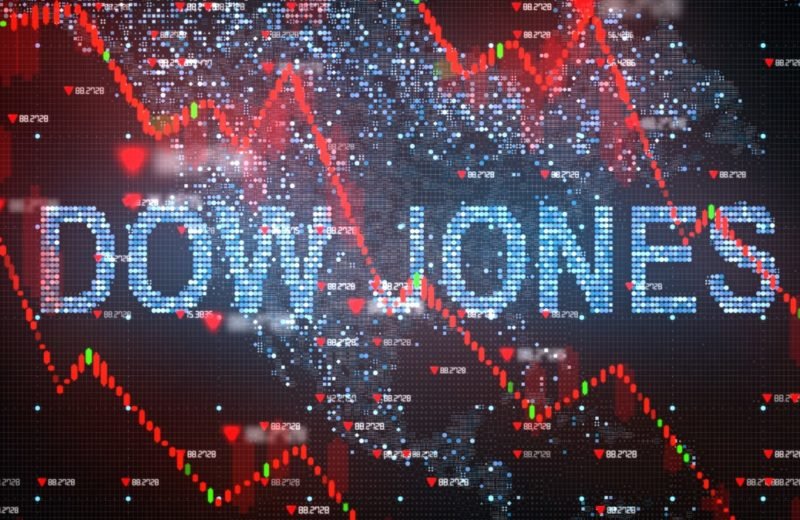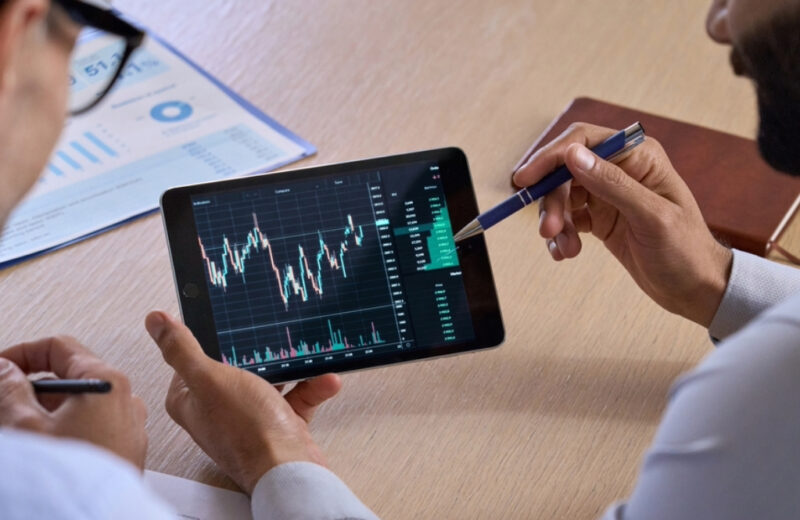The S&P 500 and Nasdaq rose on Wednesday as technology stocks recovered some of their recent losses, as investors digested a slew of economic data ahead of a holiday market close.
Investors looked at new Labor Department data. It showed that weekly initial jobless claims fell far more than expected to their lowest level since November 1969. It underscored the labor market’s current tightness. However, a separate report showed that personal consumption expenditures (PCE) increased by 5.0 percent in October. This was the fastest rate since 1990, adding to recent signs of rising price pressures.
The 10-year Treasury yield has risen to near 1.7 percent. This resulted from the new signs of a strengthening economic recovery and persistently high inflation data.
Rising interest rates have coincided with a selloff in tech and growth stocks this week. The Nasdaq fell 0.5 percent on Tuesday after falling more than 1% on Monday. Other analysts believe that this week’s market action — with a renewed rotation away from technology and growth stocks in the face of rising rates — could foreshadow the investing environment for next year.
The minutes of the Federal Open Market Committee’s November meeting, released Wednesday afternoon. It suggested that monetary policymakers were committed to remaining flexible in their policy path. In early November, the central bank announced that it would begin reducing its asset purchases at a rate of $15 billion per month in November and December. Afterward, it would reassess the size of the reductions in the future.
Spending and income
Personal spending increased in October despite rising prices, indicating that consumer confidence remains strong despite persistent inflation.
According to the Bureau of Economic Analysis on Wednesday, personal spending accounts for roughly two-thirds of US economic activity, increased by 1.3 percent in October compared to September. According to Bloomberg data, this was faster than the 0.6 percent rate recorded in September and the 1.0 percent monthly increase expected. Actual personal spending also increased during the month and exceeded expectations, rising by 0.7 percent from 0.3 percent in September.
Meanwhile, personal income rebounded after falling last month, rising by 0.5 percent versus the expected 0.2 percent increase. In September, revenue fell by 1.0 percent month on month. This happened in part because federal enhanced unemployment benefits phased out at the national level after Labor Day.















